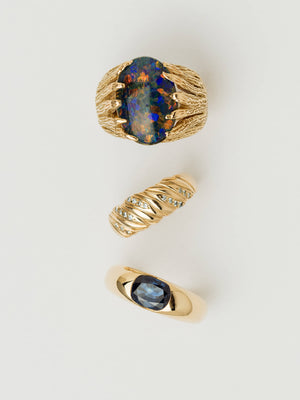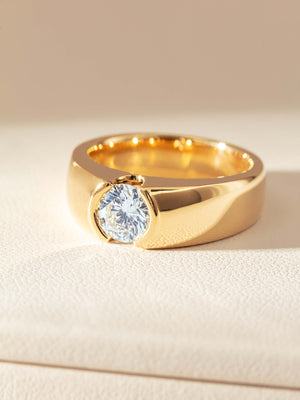Vintage Design Guide
For centuries, jewellery has been an important part of human cultures - a symbol of prestige, a means of spiritual protection, and a symbol of the mood and values of the time. Jewellery of any era speaks to the political and social climate it is part of, making each adorning piece a small slice of the bigger picture of the times.























































































